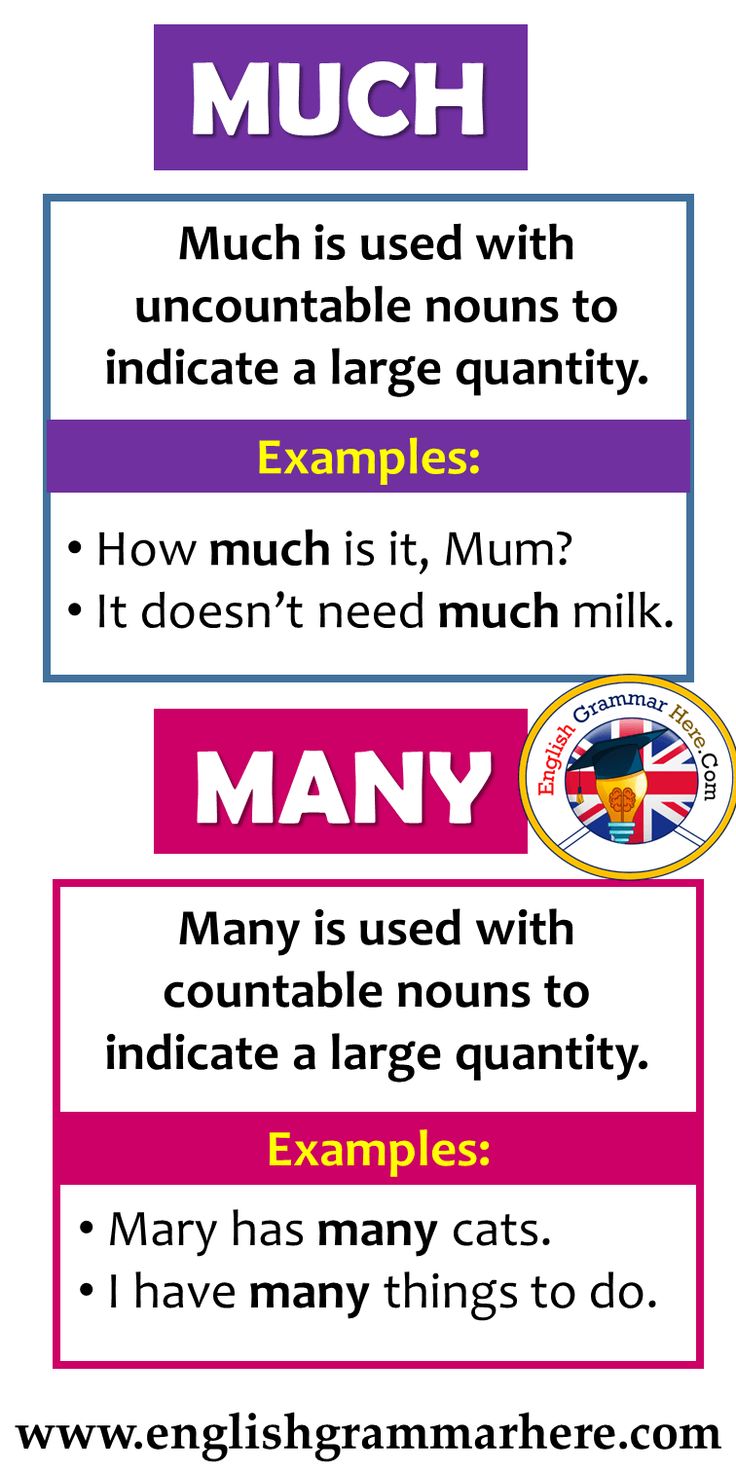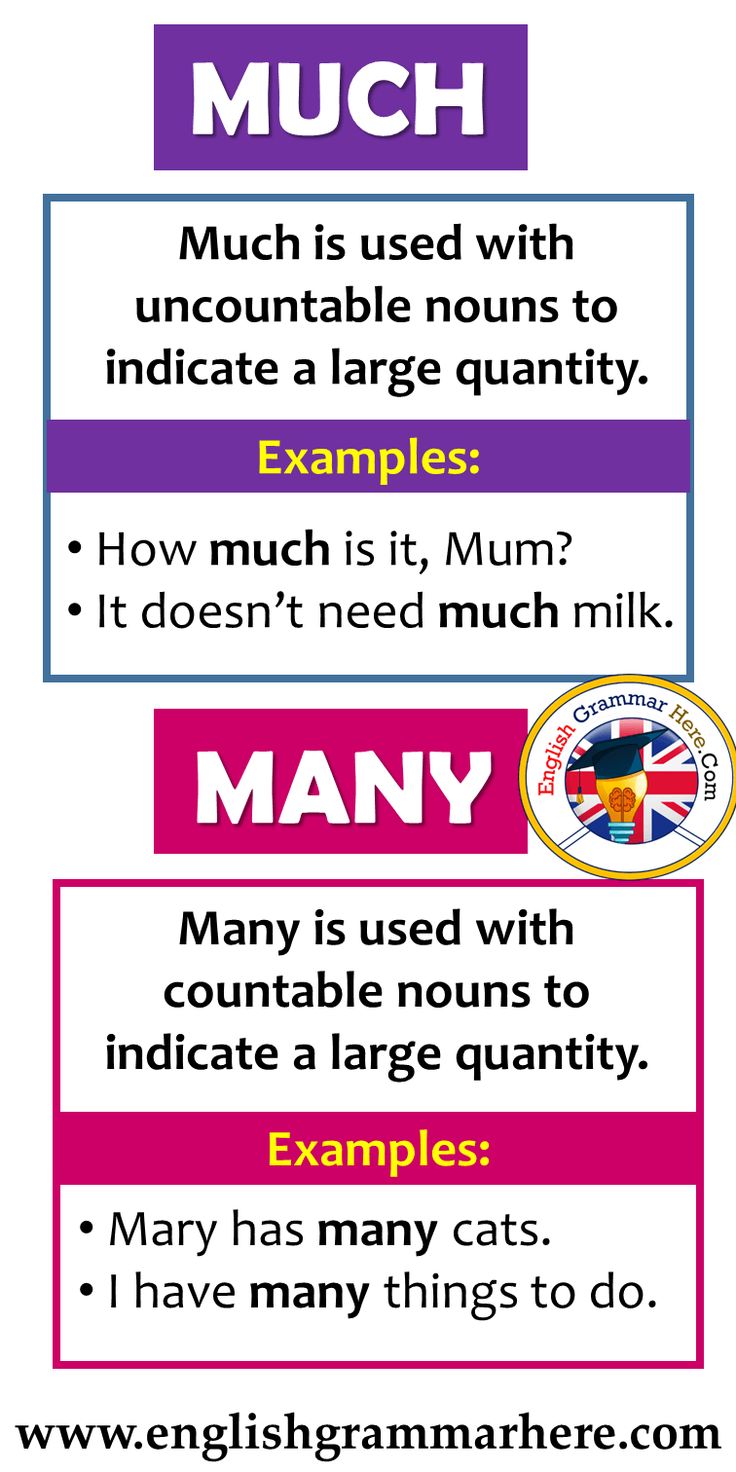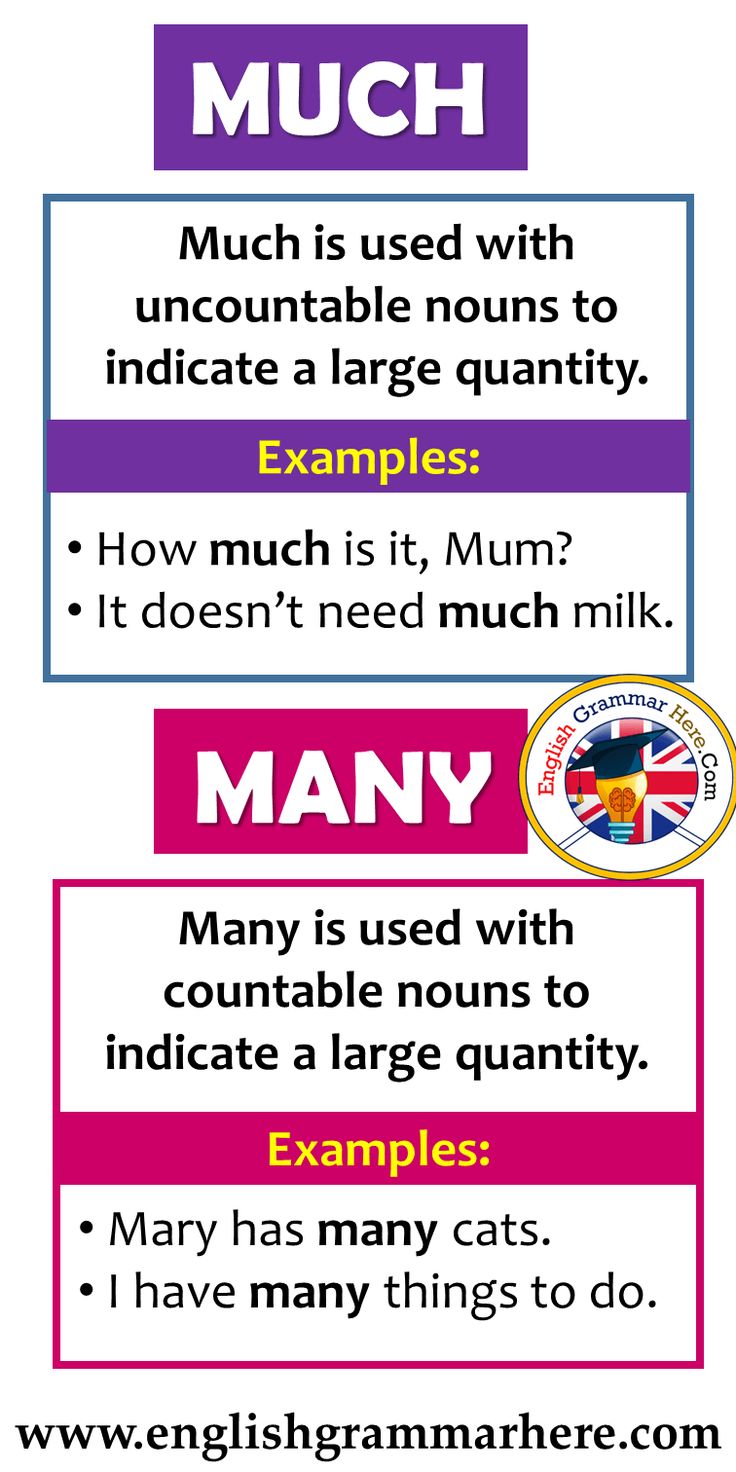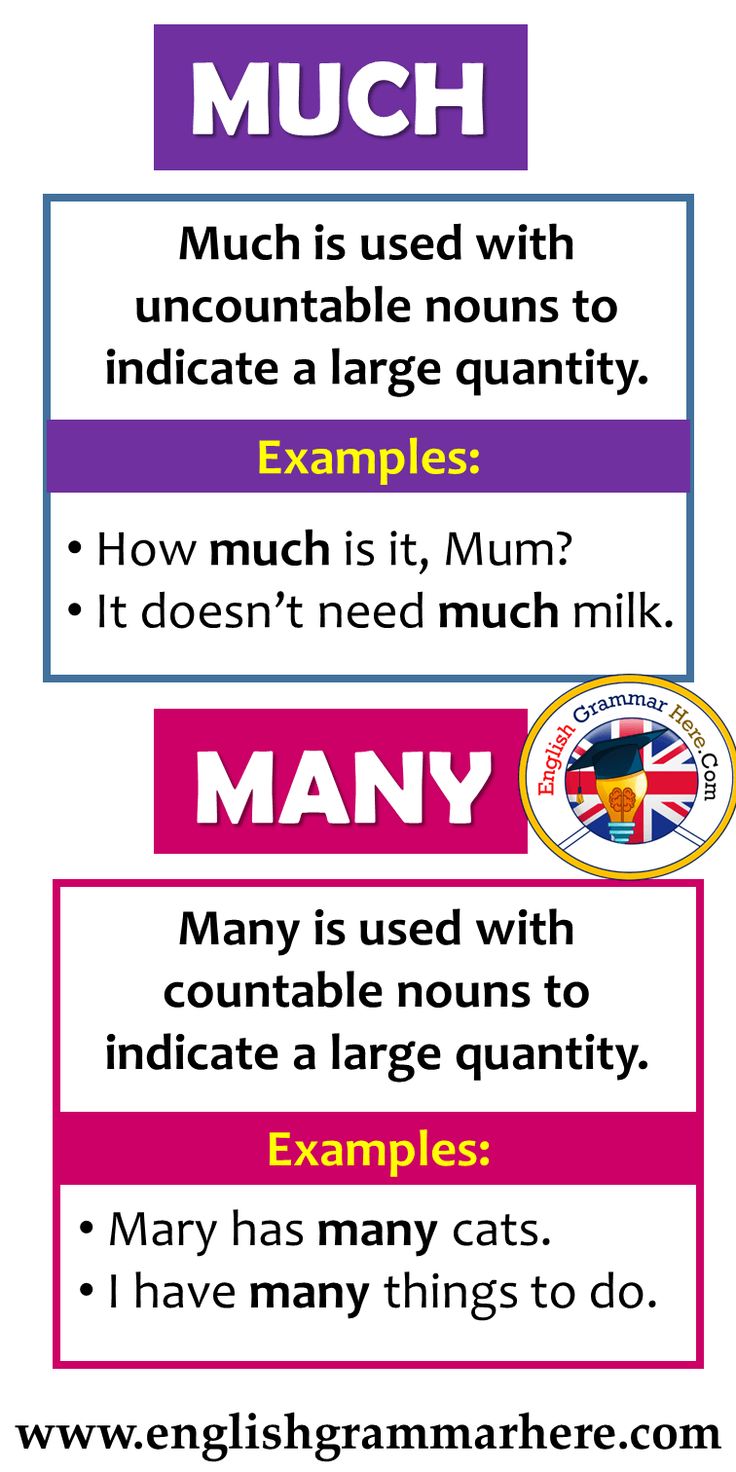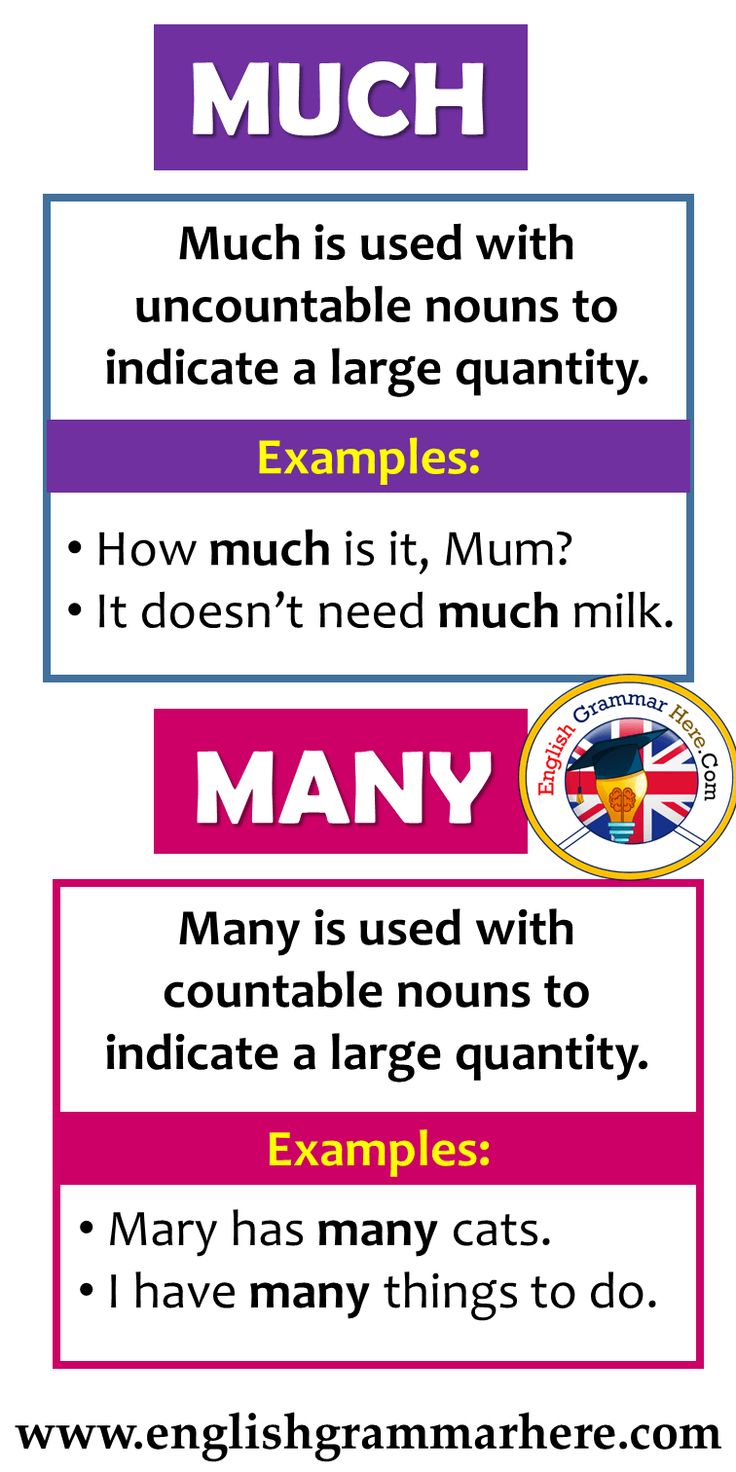How Much Can You Tow With A Jeep Wrangler: Unlocking Its Hidden Hauling Potential
How Much Can You Tow With A Jeep Wrangler: Unlocking Its Hidden Hauling Potential jeeps.truckstrend.com
The Jeep Wrangler is an undisputed icon of adventure, synonymous with off-road prowess, open-air freedom, and rugged capability. Its image is firmly rooted in conquering trails, not necessarily pulling heavy loads. This often leads to a common question among prospective and current owners: "How much can I actually tow with a Jeep Wrangler?" While it might not be your first choice for a dedicated tow rig, understanding your Wrangler’s towing capabilities is crucial for safety, legality, and getting the most out of your versatile vehicle.
This comprehensive guide will delve into the nuances of the Jeep Wrangler’s towing capacity, exploring what factors influence it, what equipment you’ll need, and practical advice to ensure you tow safely and efficiently.
How Much Can You Tow With A Jeep Wrangler: Unlocking Its Hidden Hauling Potential
Understanding Towing Capacity: More Than Just a Number
Towing capacity isn’t just an arbitrary figure; it’s a carefully calculated maximum weight your vehicle can safely pull. Exceeding this limit can lead to severe consequences, including:
- Safety Hazards: Loss of control, increased stopping distances, trailer sway, and potential accidents.
- Vehicle Damage: Overheating the engine or transmission, stressing the suspension and brakes, and premature wear on critical components.
- Legal Ramifications: Fines and liability if involved in an accident while exceeding your vehicle’s rated capacity.
Key terms to understand:

- Gross Trailer Weight (GTW): The total weight of the trailer and its contents.
- Tongue Weight (TW): The downward force exerted by the trailer’s tongue on the hitch receiver of the tow vehicle. This typically should be 10-15% of the GTW.
- Gross Vehicle Weight Rating (GVWR): The maximum permissible total weight of your fully loaded vehicle, including passengers, cargo, and the tongue weight of the trailer.
- Gross Combined Weight Rating (GCWR): The maximum permissible total weight of the tow vehicle, passengers, cargo, and the fully loaded trailer. Your GTW plus your loaded vehicle weight must not exceed the GCWR.

Always consult your specific Wrangler’s owner’s manual and the sticker on the driver’s side door jamb for the most accurate and up-to-date information regarding your vehicle’s GVWR, GCWR, and recommended towing capacities.
Jeep Wrangler Towing Capacities by Model and Generation
The towing capacity of a Jeep Wrangler varies significantly depending on its generation, body style (2-door vs. 4-door Unlimited), engine, and axle ratio. Here’s a general overview:
- YJ (1987-1995) & TJ (1997-2006) Generations: These earlier Wranglers, primarily designed as compact off-roaders, generally have a lower towing capacity, typically limited to 1,000 lbs to 2,000 lbs. Their shorter wheelbase and less robust powertrains were not optimized for heavy towing.
- JK Generation (2007-2018): The introduction of the 4-door Wrangler Unlimited in 2007 marked a significant leap in towing capability.
- 2-Door JK: Usually rated for 2,000 lbs.
- 4-Door JK Unlimited: Benefited from a longer wheelbase and higher GVWR, allowing it to tow up to 3,500 lbs when properly equipped (often with the factory tow package).
- JL Generation (2018-Present): The current generation continues the trend, offering similar or slightly improved capacities with a wider range of engine options.
- 2-Door JL: Generally maintains a 2,000 lbs towing capacity.
- 4-Door JL Unlimited: Most 4-door JL models equipped with the factory tow package are rated for 3,500 lbs. This includes models with the 3.6L Pentastar V6, 2.0L Turbo, and the 4xe Plug-in Hybrid.
- 3.0L EcoDiesel (discontinued): Some EcoDiesel Unlimited models could achieve a slightly higher rating, up to 3,500 lbs, sometimes even creeping towards 4,000 lbs in specific configurations due to their higher torque.
- Rubicon 392: Despite its powerful V8 engine, the Rubicon 392 is also rated for 3,500 lbs due to its specific off-road suspension and tire setup that prioritizes articulation over towing stability.

Important Note: While the Jeep Gladiator (JT) pickup truck shares many components with the Wrangler, it is engineered for significantly higher towing capacities, ranging from 4,000 lbs up to 7,700 lbs. Do not confuse its capabilities with those of the Wrangler SUV.
Factors Affecting Your Wrangler’s Towing Prowess
Beyond the basic model and generation, several critical factors influence your specific Wrangler’s effective towing capacity:
- Body Style (2-door vs. 4-door Unlimited): The most significant factor. The longer wheelbase of the 4-door Unlimited provides greater stability and allows for higher GVWR, directly translating to increased towing capacity.
- Engine Type: Different engines offer varying levels of horsepower and torque, which are crucial for pulling a load. The 3.6L Pentastar V6 is a robust workhorse, while the 2.0L Turbo provides excellent low-end torque. The EcoDiesel offered significant pulling power, and even the 4xe, with its electric assist, can handle the rated capacity.
- Axle Ratio: This is paramount for towing. A numerically higher axle ratio (e.g., 3.73, 4.10, or 4.56) provides more mechanical advantage, making it easier to pull heavy loads and reducing strain on the drivetrain. Wranglers equipped with a factory tow package often come with a higher axle ratio.
- Transmission: While modern automatic transmissions are generally preferred for towing due to smoother power delivery and better heat management, manual transmissions can also tow within their limits.
- Factory Tow Package: This optional package is almost always required to reach the maximum advertised towing capacity. It typically includes a heavy-duty Dana 44 rear axle, a Class II or III receiver hitch, a 7-pin wiring harness, and often a higher axle ratio and upgraded cooling system.
- Aftermarket Modifications: This is where many Wrangler owners inadvertently reduce their towing capacity.
- Lift Kits: Can alter suspension geometry, affecting stability and potentially increasing stress on driveline components.
- Larger Tires: Taller and heavier tires effectively change the axle ratio, reducing mechanical advantage and making the engine work harder. They also add unsprung weight, impacting braking and handling.
- Heavy Bumpers, Winches, Armor: These add significant weight to the vehicle, reducing your available payload capacity and thus the amount of trailer tongue weight you can safely carry.
- Poorly Tuned Suspension: Can lead to excessive squat or sway when towing.
Always account for the weight of your modifications when calculating your actual available towing capacity.
Essential Gear and Setup for Safe Wrangler Towing
To tow safely and legally, your Wrangler needs the right equipment:
- Hitch Receiver: Your Wrangler will need a hitch receiver securely mounted to its frame. The factory tow package includes a Class II (2-inch receiver, up to 3,500 lbs) or Class III hitch. Ensure it matches your towing needs.
- Wiring Harness: A 4-pin or 7-pin wiring harness is necessary to power the trailer’s lights (tail lights, brake lights, turn signals). A 7-pin harness also provides power for electric trailer brakes and sometimes a charge line for the trailer battery.
- Brake Controller: For trailers over a certain weight (usually 1,000 lbs to 2,000 lbs, depending on state laws), an electronic brake controller is mandatory. This device, installed in the Wrangler’s cabin, allows you to activate the trailer’s electric brakes independently or in conjunction with the vehicle’s brakes, significantly improving stopping power and control.
- Weight Distribution Hitch (WDH): For heavier loads approaching the upper limits of your Wrangler’s capacity, a WDH helps distribute the trailer’s tongue weight more evenly across all axles of both the tow vehicle and the trailer. This reduces sag at the rear of the Wrangler, improves steering, and enhances stability.
- Proper Ball Mount and Hitch Ball: Ensure the ball mount drops or rises to match your trailer’s coupler height, and the hitch ball’s size and weight rating are appropriate for your trailer.
- Trailer Mirrors: If your trailer is wider than your Wrangler, you’ll need extended or clip-on mirrors to maintain visibility.
Tips for Safe and Efficient Wrangler Towing
Towing with a Wrangler, especially one optimized for off-roading, requires extra diligence:
- Know Your Weights: Never guess. Weigh your loaded trailer at a certified scale (truck stop, landfill) to determine its actual GTW and tongue weight.
- Proper Load Distribution (Trailer): Load your trailer so that 60% of its weight is forward of the axle(s) and 40% is behind. This typically results in the ideal 10-15% tongue weight. Improper distribution is a leading cause of trailer sway.
- Pre-Trip Inspection: Before every trip, check tire pressures (on both the Wrangler and the trailer), ensure all lights are working, verify the hitch connection is secure, safety chains are crossed and attached, and break-away cable is connected. Check fluid levels in your Wrangler.
- Adjust Driving Habits:
- Reduce Speed: Towing significantly increases stopping distances and reduces maneuverability. Drive slower than usual.
- Increase Following Distance: Allow ample space between your Wrangler and the vehicle ahead.
- Gentle Inputs: Avoid sudden braking, acceleration, or steering corrections.
- Gear Selection: Use a lower gear (e.g., "D3" or "Tow/Haul" mode if available, or manually select a lower gear) on inclines and descents to reduce transmission strain and utilize engine braking.
- Monitor Gauges: Keep a close eye on your engine temperature and transmission temperature gauges, especially on long climbs or in hot weather.
- Plan Your Route: Avoid steep grades or challenging terrain if possible. Identify fuel stops, as towing reduces fuel efficiency.
- Maintenance: Towing puts extra stress on your vehicle. Follow a more aggressive maintenance schedule for fluid changes (engine oil, transmission fluid, differential fluid) and brake inspections.
What Can a Jeep Wrangler Tow? Practical Examples
Given its typical 2,000-3,500 lb capacity, a Jeep Wrangler is suitable for:
- Small Utility Trailers: For hauling firewood, mulch, garden waste, or small furniture.
- Small Pop-Up Campers: Many lightweight pop-up trailers fall within the 2,000-3,000 lb range.
- Jet Skis or Small Boats: Single or double jet ski trailers, or small aluminum fishing boats.
- Motorcycles/ATVs: A single motorcycle or ATV on a lightweight utility trailer.
- Teardrop Trailers: Many modern teardrop campers are designed to be lightweight and easily towable by smaller SUVs.
A Jeep Wrangler is NOT designed to tow:
- Large travel trailers (conventional or fifth-wheel)
- Car haulers with full-size vehicles
- Large enclosed cargo trailers
- Heavy construction equipment
Jeep Wrangler Towing Capacity Table (Approximate)
This table provides general guidelines. Always consult your specific vehicle’s owner’s manual and door jamb sticker for precise figures and ensure your vehicle has the necessary factory tow package.
| Jeep Wrangler Model/Generation | Body Style | Engine Type (Common) | Standard Tow Capacity (lbs) | Max Tow Capacity (lbs) (with Tow Pkg/Specific Axle) | Notes |
|---|---|---|---|---|---|
| YJ (1987-1995) | 2-Door | 2.5L I4, 4.0L I6 | 1,000 | 2,000 | Limited by short wheelbase & powertrain. |
| TJ (1997-2006) | 2-Door | 2.5L I4, 4.0L I6 | 1,000 | 2,000 | Rubicon models often have lower effective capacity due to gearing. |
| JK (2007-2018) | 2-Door | 3.8L V6, 3.6L V6 | 2,000 | 2,000 | Rear-wheel drive options may vary slightly. |
| JK Unlimited (2007-2018) | 4-Door | 3.8L V6, 3.6L V6 | 2,000 | 3,500 | Requires factory tow package (often 3.73/4.10 axle). |
| JL (2018-Present) | 2-Door | 3.6L V6, 2.0L Turbo | 2,000 | 2,000 | |
| JL Unlimited (2018-Present) | 4-Door | 3.6L V6 | 2,000 | 3,500 | Requires factory tow package (often 3.73/4.10 axle). |
| JL Unlimited (2018-Present) | 4-Door | 2.0L Turbo | 2,000 | 3,500 | Requires factory tow package. |
| JL Unlimited (2020-2023) | 4-Door | 3.0L EcoDiesel | 2,000 | 3,500 – 4,000 (specific configs) | Higher torque, but often still limited by chassis. |
| JL Unlimited (2021-Present) | 4-Door | 4xe (PHEV) | 2,000 | 3,500 | Electric motor provides excellent low-end torque. |
| JL Rubicon 392 (2021-Present) | 4-Door | 6.4L V8 | 2,000 | 3,500 | Off-road optimized suspension limits towing. |
Frequently Asked Questions (FAQ)
Q1: Can a 2-door Wrangler tow as much as a 4-door Wrangler Unlimited?
A1: No. The 4-door Wrangler Unlimited consistently has a higher towing capacity (up to 3,500 lbs) compared to the 2-door model (typically 2,000 lbs). This is primarily due to its longer wheelbase, which provides greater stability, and often a higher GVWR.
Q2: Does lifting my Wrangler or adding larger tires affect its towing capacity?
A2: Yes, almost always negatively. Lifting can alter suspension geometry, and larger/heavier tires effectively change your axle ratio, making the engine work harder and increasing stopping distances. Heavy aftermarket bumpers, winches, and armor also add weight to your vehicle, reducing your available payload and effective towing capacity. Always re-evaluate your actual towing capabilities after modifications.
Q3: Do I need a brake controller to tow with my Wrangler?
A3: For most trailers over 1,000-2,000 lbs (check your local laws), a brake controller is legally required and strongly recommended for safety. It allows your Wrangler to activate the trailer’s electric brakes, significantly improving stopping power and control.
Q4: What is tongue weight and why is it important?
A4: Tongue weight is the downward force the trailer’s tongue exerts on the hitch. It’s crucial for stability. Too little tongue weight can cause dangerous trailer sway, while too much can overload your Wrangler’s rear axle. It should ideally be 10-15% of the total trailer weight.
Q5: Can I tow a travel trailer with my Jeep Wrangler?
A5: Only very small, lightweight travel trailers or teardrop campers. Most conventional travel trailers exceed the Wrangler’s 3,500 lb towing limit. Always check the trailer’s Gross Vehicle Weight Rating (GVWR) and compare it to your Wrangler’s maximum towing capacity.
Q6: What’s the difference between a Wrangler’s and a Gladiator’s towing capabilities?
A6: The Jeep Gladiator is a mid-size pickup truck built on a stretched Wrangler platform, specifically engineered for higher towing and payload. While the Wrangler typically maxes out at 3,500 lbs, the Gladiator can tow up to 7,700 lbs in certain configurations. If serious towing is a primary concern, the Gladiator is the far more capable option.
Conclusion
While the Jeep Wrangler is undeniably an off-road beast, its towing capabilities are often underestimated, yet also easily misunderstood. With the right configuration – typically a 4-door Unlimited model, equipped with the factory tow package, and potentially a higher axle ratio – a Wrangler can comfortably tow small to medium-sized loads up to 3,500 lbs.
However, it’s vital to remember that the Wrangler’s primary design focus is agility and off-road articulation, not heavy-duty hauling. Understanding your specific model’s limitations, investing in the necessary safety equipment like a brake controller and weight distribution hitch, and practicing safe towing habits are paramount. By doing so, you can confidently unlock a new dimension of utility from your adventurous Jeep Wrangler, making it even more versatile for your outdoor pursuits.

